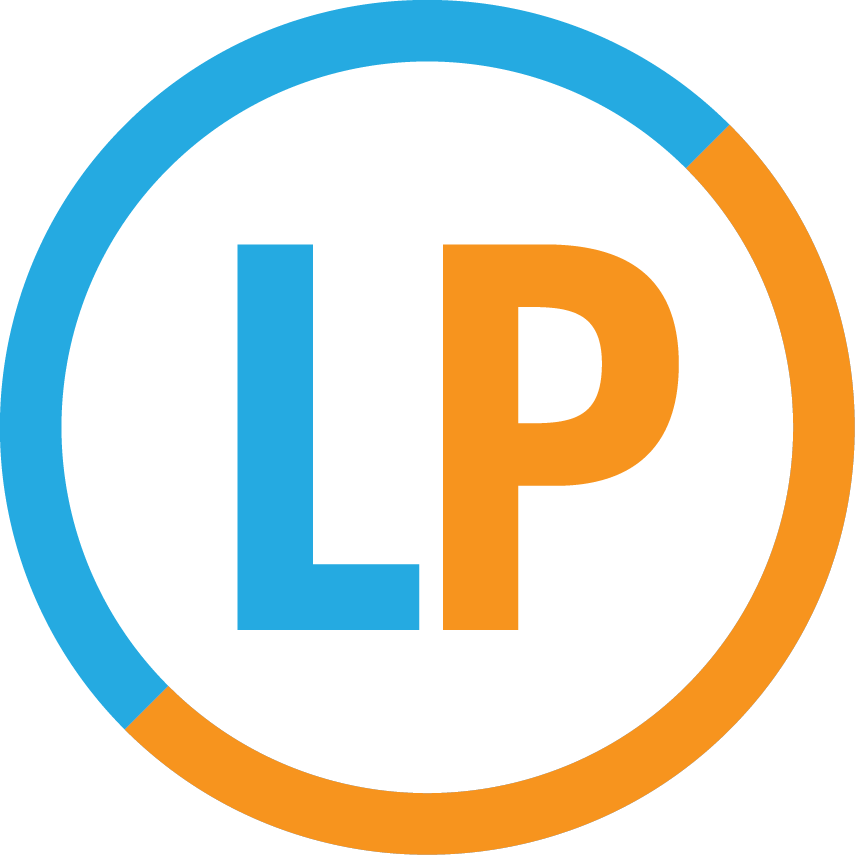The Upper Level SSAT® (or its competitor, the ISEE®) is often a requirement when applying to independent high schools, which makes it an early stepping stone in many students’ academic careers. Our instructors guide students through the ins and outs of the test so that they can feel confident come test day.
What is the SSAT?
The SSAT is a standardized test that is used by certain independent schools to assess applicants for grades 4 through 12. The test has three different levels: Elementary (for students currently in grades 3 and 4), Middle (for students currently in grades 5-7), and Upper (for students currently in grades 8-11). The test is scored in three areas: quantitative (math), verbal (synonyms and analogies), and reading comprehension. The test also features a writing prompt. The responses are not scored, but copies are sent to admissions offices of schools to which students apply.
The SSAT is an “old school” standardized test: it still has synonyms and analogies, it still has a guessing penalty for incorrect and answers, and it does not allow students to use a calculator. While some independent schools, particularly in New York City, used to require or prefer the ISEE, these days most schools accept both the SSAT and the ISEE — check with the schools your family is considering to see which tests they accept.
WHAT IS LOGICPREP’S STRATEGY for the ssat?
LogicPrep recommends that students start with a diagnostic practice SSAT to assess individual strengths and weaknesses. Specifically, we focus on core concepts of arithmetic, algebra, and geometry for the quantitative section, on roots, prefixes, and suffixes for the verbal section and on identifying main ideas, inferences, structure, and tone in reading comprehension. Once students start to strengthen these areas, we recommend moving forward with a balance of practice SSAT tests to hone approaches and pace with consistent review of notes and past mistakes to build knowledge and recognition.
Our team is particularly skilled at helping students get comfortable with the format of the test, which is quite different from the exams and assignments most students see in middle school.
WHAT CONTENT IS COVERED on the ssat?
The test covers verbal, math and reading skills in a multiple-choice format. The test begins with a brief, unscored writing sample, and students can choose between a creative and an essay prompt.
The same test is offered to students in grades 8-11, which means getting comfortable with timing, structure, and leaving questions blank are all key.
Who takes the SSAT?
The SSAT is taken by many students who are seeking admission to independent schools. The SSAT or ISEE is required by certain independent schools, while others may consider the scores if a student has taken either test. Each school's admissions office can provide candidates with more information about the school's individual policy.
For example, students applying for 9th grade generally begin preparing for the SSAT in the spring of 7th grade to take the test in the fall of 8th grade.
What is the format of the SSAT?
| Test Section | Timing |
|---|---|
| Writing Sample | 25 minutes |
| Break | |
| Quantitative (Section 1) | 30 minutes |
| Reading (Section 2) | 40 minutes |
| Break | |
| Verbal (Section 3) | 30 minutes |
| Quantitative (Section 4) | 30 minutes |
| Experimental (Section 5) | 15 minutes |
| Total | 2 hours, 50 minutes |
HOW IS THE SSAT SCORED?
Students receive scaled scores between 500 and 800 for Verbal, Reading and Quantitative skills, but schools are most interested in students’ percentile scores in each category compared with a norm group of other students of the same age in the past several years. Strong verbal and reading students often prefer the SSAT, since two-thirds of the reported scores are in these areas. The writing sample is not scored, but is made available to schools when test scores are sent.
WHEN IS THE SSAT OFFERED?
The SSAT is offered on eight Saturdays throughout the year, and there’s no restriction on how many times a student can take the SSAT. Students can also take up to one “Flex” SSAT per year as well, which is provided by a member school on an alternative date.

